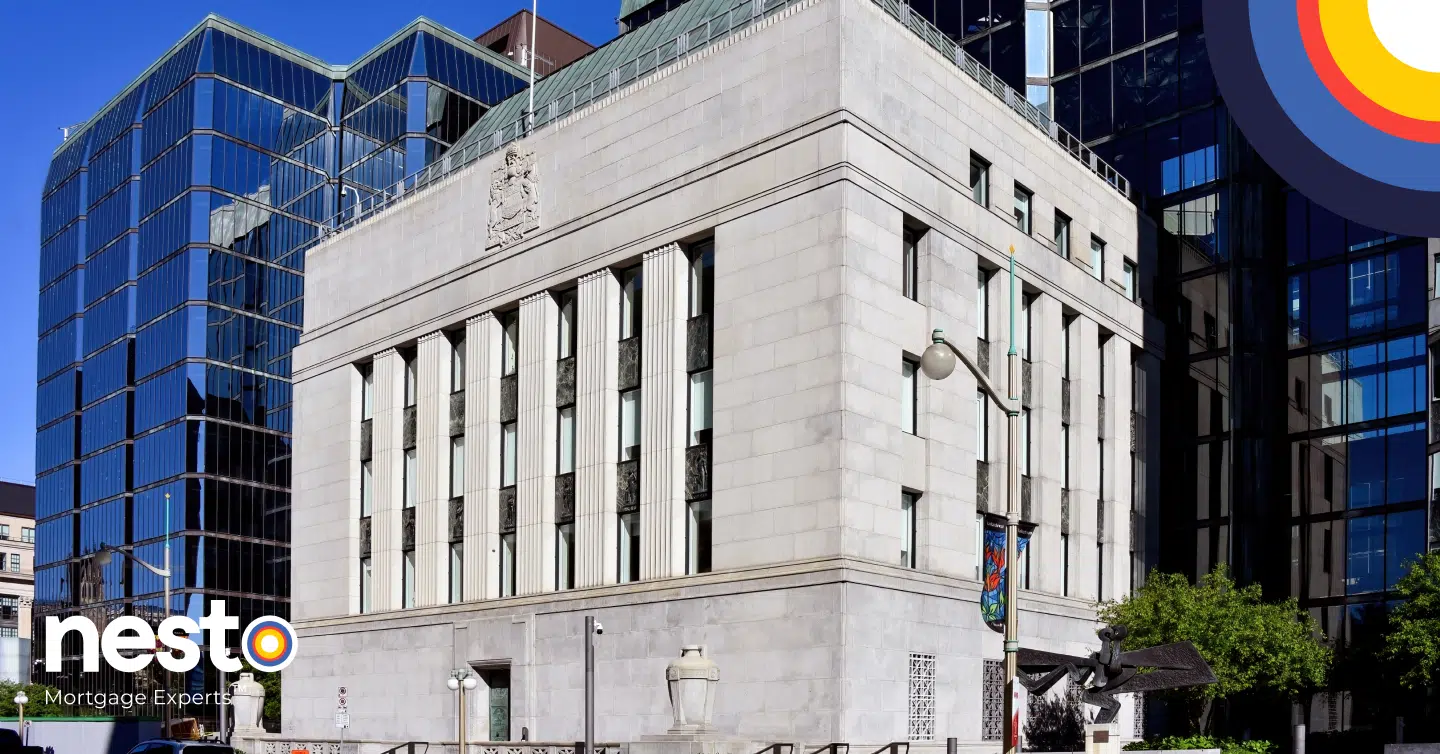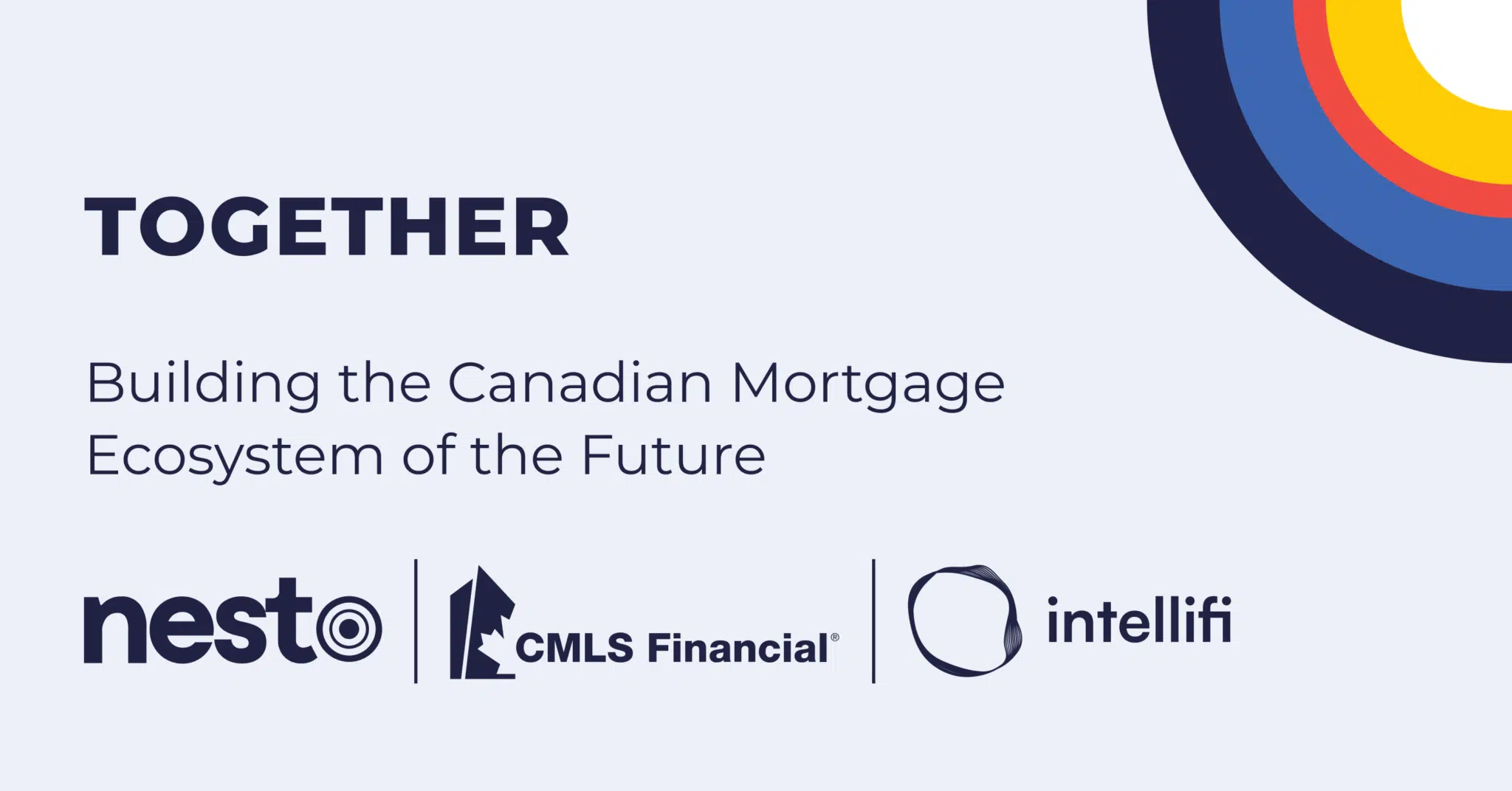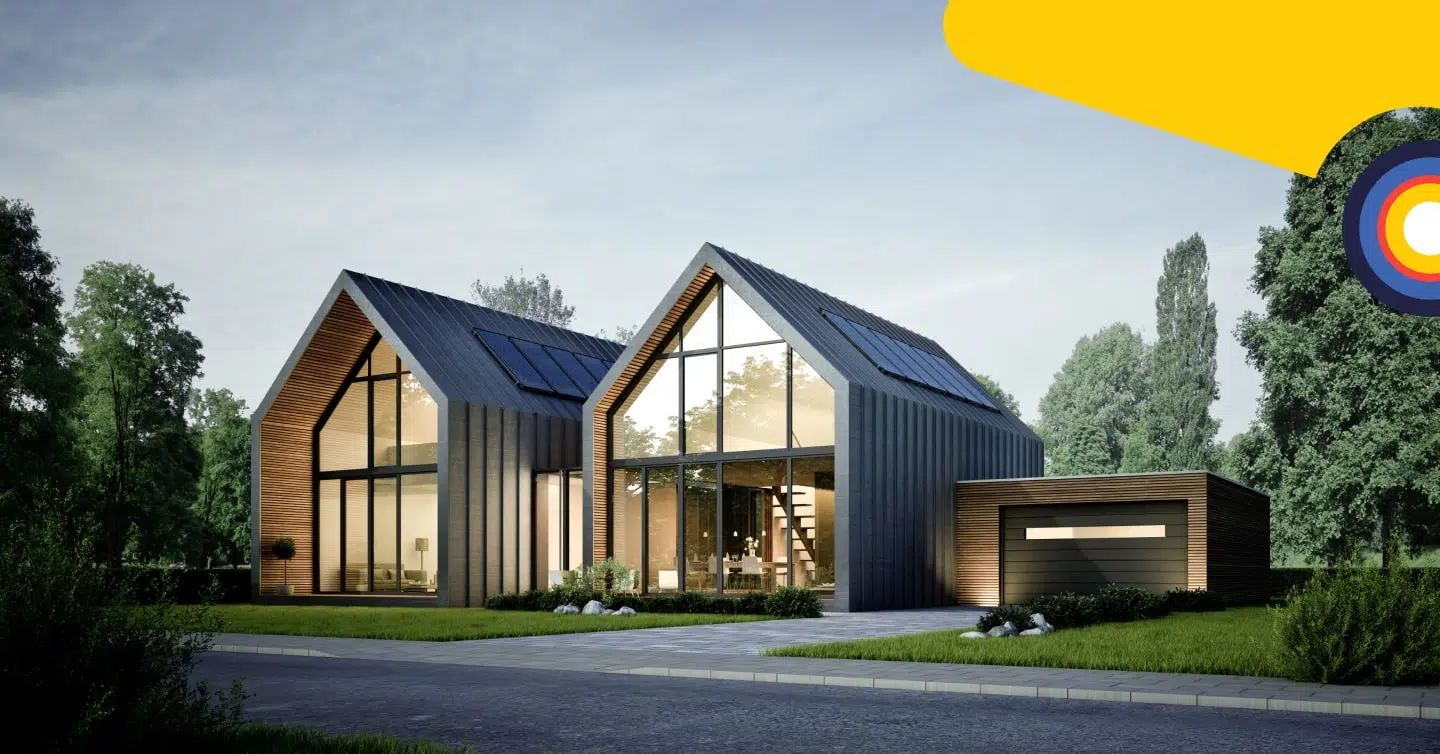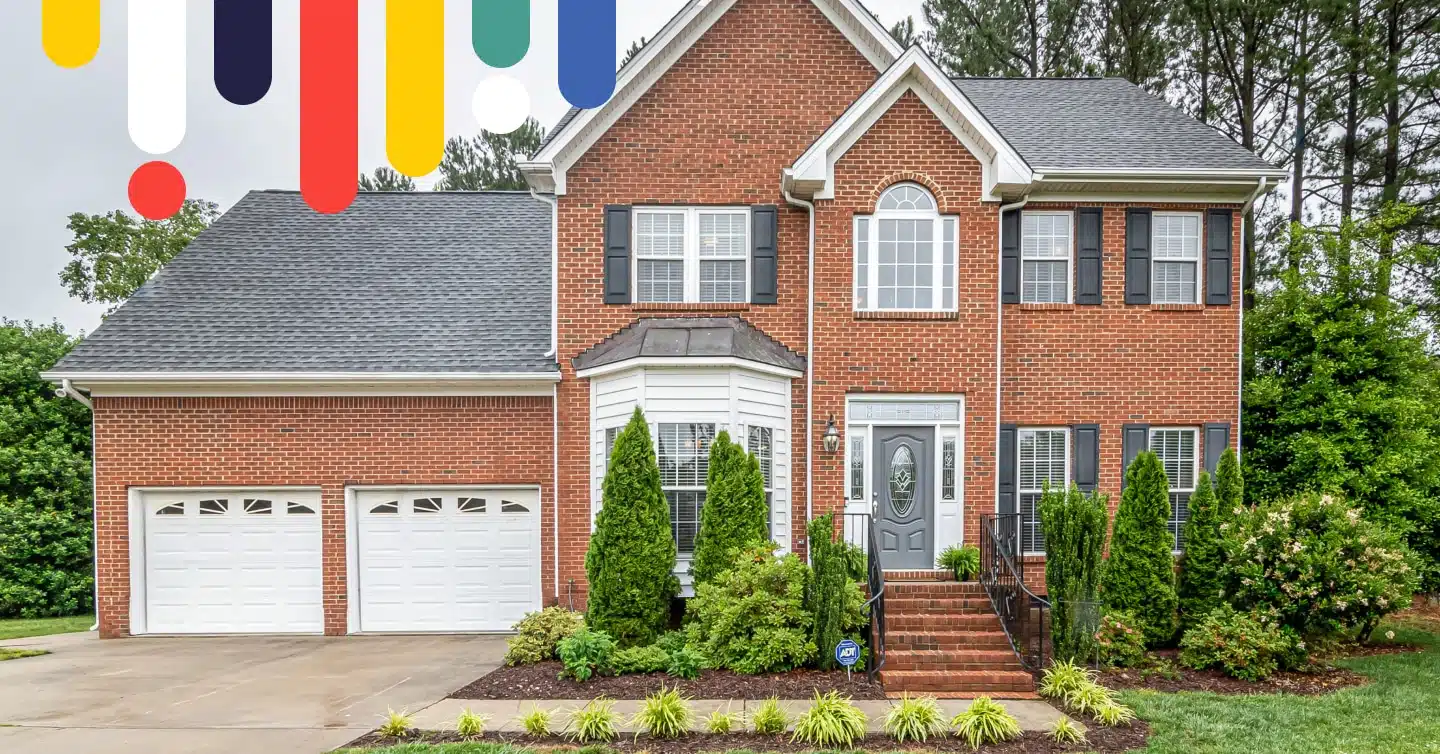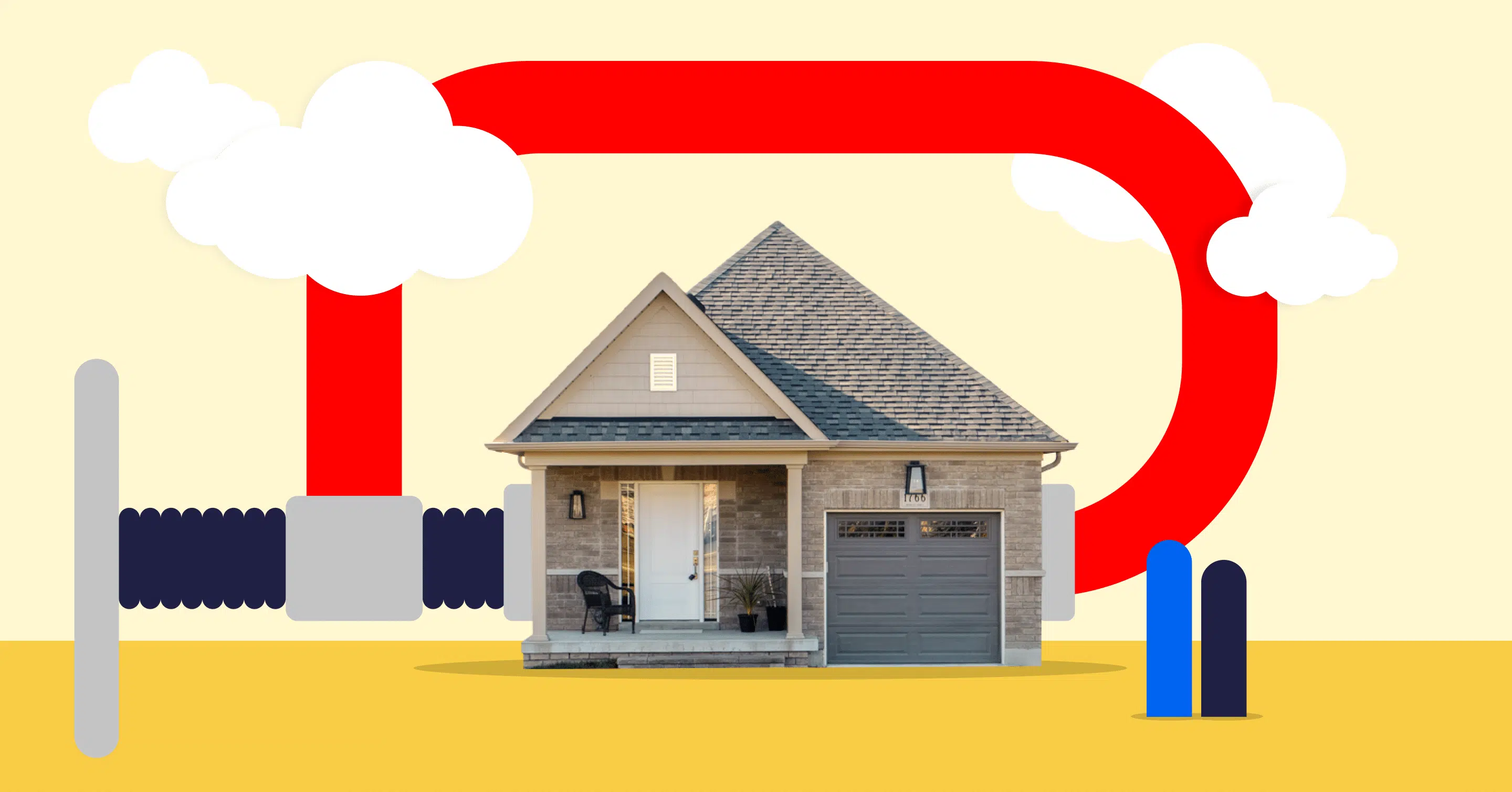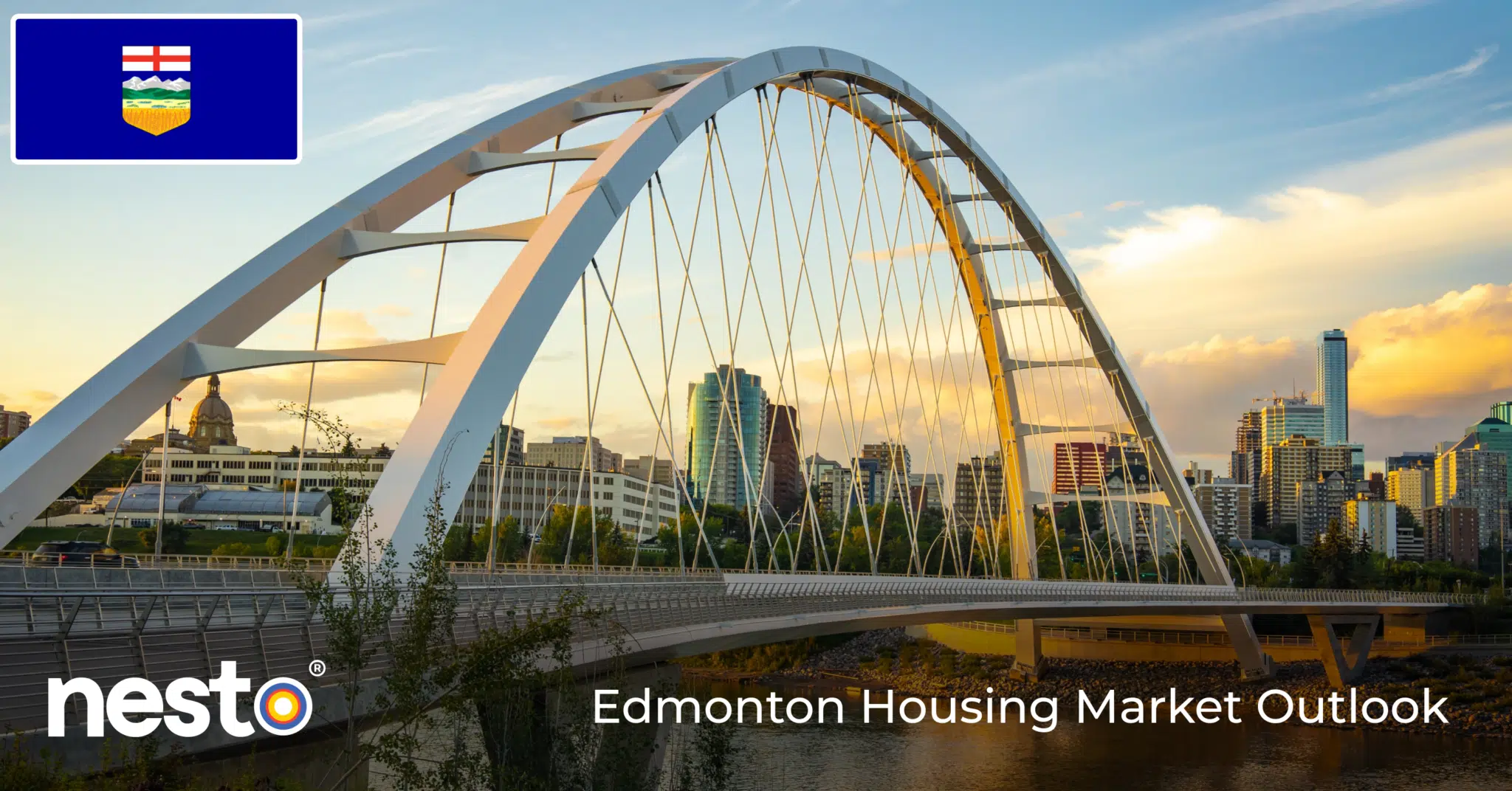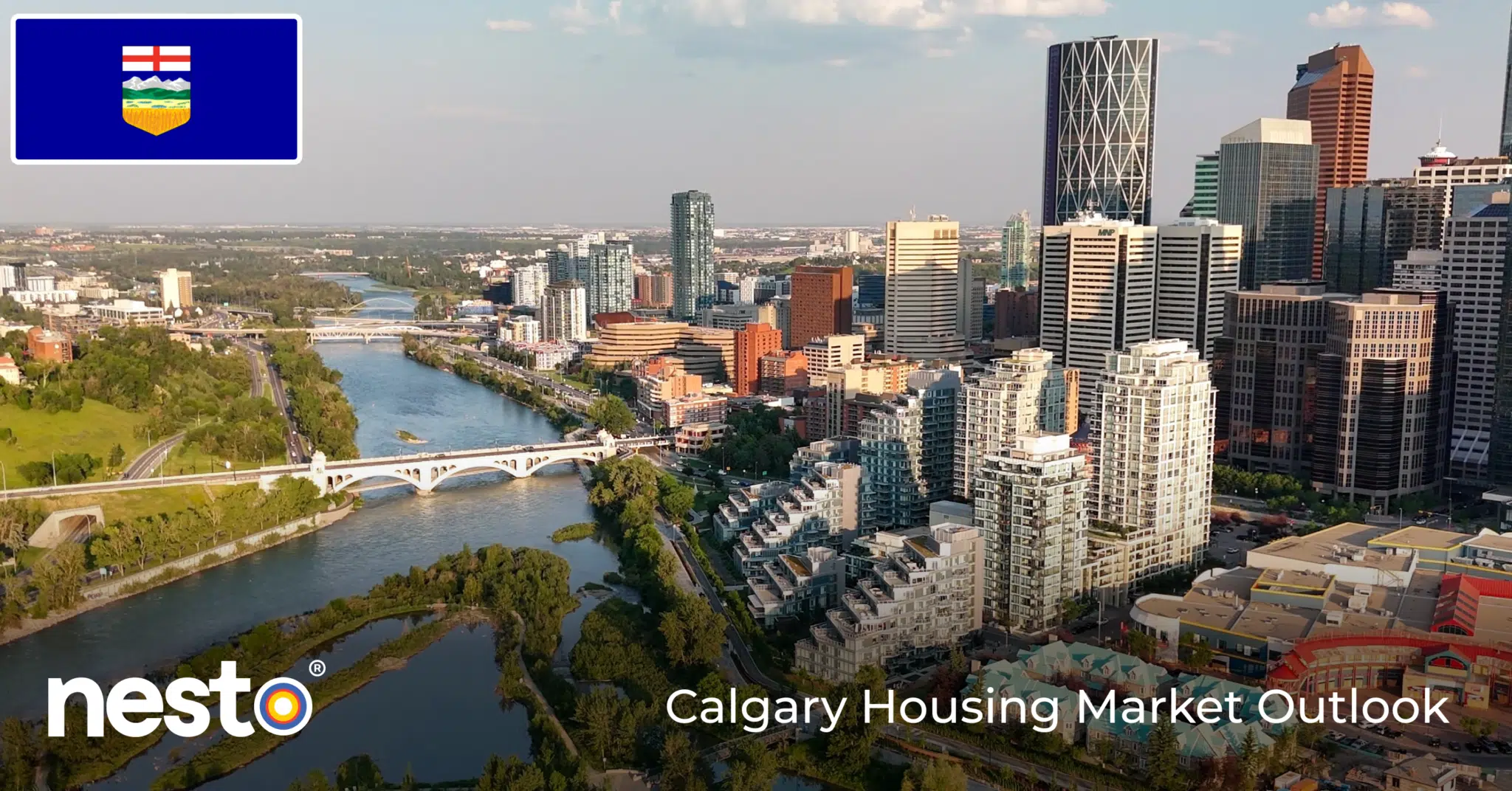Quebec Housing Market Outlook 2025
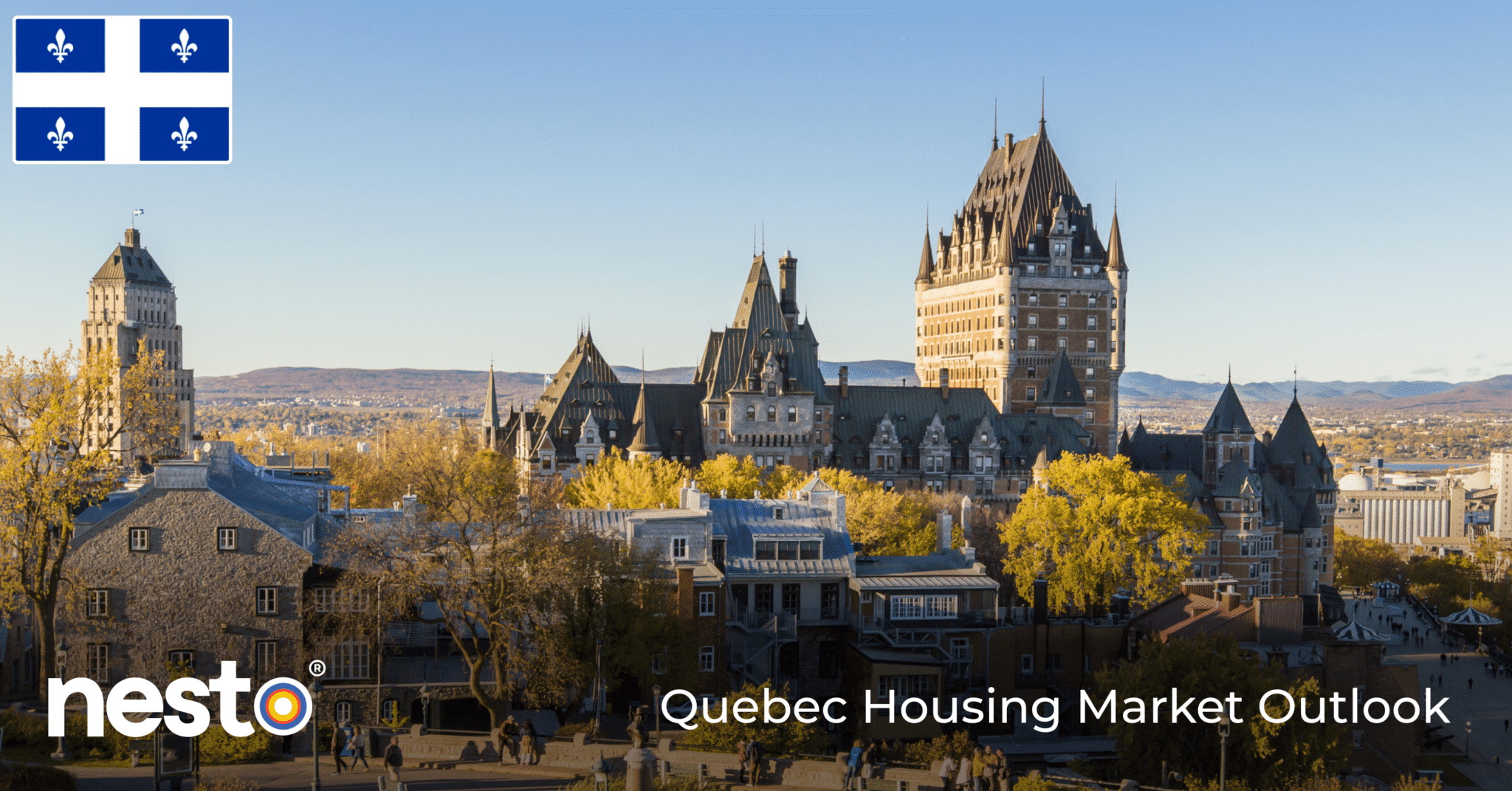
Table of contents
Quebec Market Report Summary
- The average selling price of a home in Quebec increased by 8.4% year-over-year to $529,300 in June 2025.
- The average selling price of a single-family home in Quebec increased by 9.1% year-over-year to $600,200 in June 2025.
- The average selling price of a townhouse/multiplex in Quebec increased by 4.3% year-over-year to $573,800 in June 2025.
- The average selling price of a condo in Quebec increased by 5.9% year-over-year to $402,900 in June 2025.
- The average rent in Quebec decreased by 1% year-over-year to $1,960 for June 2025.
- July 18, 2025: Today’s lowest mortgage rate in Québec is
for a 5-year fixed.
Composite Home Prices
![]()
The average selling price of a home in Quebec was $529,300 for the month of June 2025, that’s decreased by 0.3% compared to the previous month. On a year-over-year basis, Quebec home prices have increased 8.4% over the last 12 months.
Single-family Home Prices
![]()
The average selling price of a single-family home in Quebec was $600,200 for the month of June 2025, that’s increased by 0.6% compared to the previous month. On a year-over-year basis, single-family home prices in Quebec have increased by 9.1% over the last 12 months.
Townhouse and Multiplex Prices
![]()
The average selling price of a townhouse in Quebec was $573,800 for the month of June 2025, that’s increased by 0.8% compared to the previous month. On a year-over-year basis, the price of a townhouse in Quebec has increased by 4.3% over the last 12 months.
Condo Prices
![]()
The average selling price of a condo in Quebec was $402,900 for the month of June 2025, that’s decreased by 2.8% compared to the previous month. On a year-over-year basis, the price of a condo in Quebec has increased 5.9% over the last 12 months.
We’re curious…
Quebec Housing Market Summary
Data from the Quebec Professional Association of Real Estate Brokers (QPAREB) indicates that the average price of resale residential homes sold across Quebec in June 2025 was $529,300, and it increased of 8.4% compared to a year ago.
QPAREB also reported a sales-to-new-listings ratio (SNLR) of 78%, indicating a Sellers in Quebec for June 2025.
Québec Housing Market Holds Steady in June Despite Fewer Sales
According to the Québec Professional Association of Real Estate Brokers (QPAREB) and the Government of Québec, the Québec housing market saw a slight dip in June, with residential sales down 1.9% year-over-year, totalling 23,541 transactions across the province. While June’s numbers marked a slowdown compared to last year, total sales since January are still tracking 8.5% higher than the same period in 2024. Active listings continued to tighten, and buyer interest stayed strong, especially in more affordable and high-growth markets.
- Residential sales (June 2025): 23,541 (-1.9% YoY)
- Property transfers: 28,031 (-2.8%)
- Mortgages issued: 32,356 (+18.2%)
- Financial hardship index: +19.1% YoY
Sales by Price Range
- Under $250,000: down 15.5%
- $250,000–$500,000: flat (+0.2%)
- Over $500,000: up 4.8%, led by the Laurentians (+22.2%)
Regional Highlights
Abitibi-Témiscamingue led provincial growth with a 13.3% jump in sales. Laurentides also posted a 9.3% increase, while Laval and Montérégie both recorded modest gains. Montreal saw the sharpest decline in transaction volume, down 14.2% YoY. On the mortgage front, all regions saw a boost, with Côte-Nord leading the way at +50.6%.
Market by Property Type
Across all property types, the average days on market fell sharply, pointing to growing urgency from buyers. Single-family homes and condos are selling more than a week faster than a year ago, while plexes are moving over two weeks faster.
- Single-family homes: Median price hit $499,000, up 10% from last year. Days on market dropped to 40 (from 53).
- Condos: Median price climbed 7% to $405,000. Sales rose 16% YoY.
- Plexes (2–5 units): Median price increased 8% to $675,000. Inventory for this category is shrinking fast, with listings down 12%.
What Quebec’s June Housing Trends Mean for Mortgages and the Bank of Canada
Quebec’s housing market remains resilient, with rising prices and vigorous mortgage activity in most regions. For homebuyers, affordability is eroding in high-demand areas like Montreal and Quebec City; however, more rural or mid-sized markets still offer opportunities, especially where listings are scarce and demand is growing. Renewers will feel the pressure of higher rates but may take advantage of rising home equity to offset costs. For refinancers, those holding plexes or investment properties in fast-growing regions like the Laurentians could find favourable conditions to unlock equity or consolidate debt.
The Bank of Canada will be closely watching Québec’s mortgage growth and pricing momentum. Even as national inflation trends downward, provincial markets like Québec, with double-digit price gains and faster mortgage issuance, could delay deeper rate cuts if demand and credit continue to accelerate.
Red hot rates impacting your housing market experience?
With nesto, you can get a low rate with a 150-day hold.
Month-over-Month Expectations for Quebec’s Housing Market
Transactions – Number of Sales
![]()
The number of sales in Quebec was 8,889 during June 2025, that’s decreased by 10.4% compared to the previous month. On a year-over-year basis, sales in Quebec have increased by 15.5% over the last 12 months.
New Listings
![]()
The number of new listings in Quebec was 11,388 during June 2025, that’s decreased by 24% compared to the previous month. On a year-over-year basis, new listings in Quebec have increased by 5.2% over the last 12 months.
Real Estate Market
![]()
The sales to new listings ratio (SNLR) in Quebec was 78% during June 2025, indicating a Sellers. On a monthly basis, that’s increased by 17.9% compared to the previous month. Quebec’s yearly sales to new listings ratio has increased by 9.8% over the last 12 months.
The sales to new listings ratio (SNLR) measures the number of home sales compared to new listings. An SNLR under 40% suggests a buyer’s market in which buyers have the upper hand and more negotiating power. An SNLR between 40% and 60% is a balanced market, while an SNLR of over 60% is considered a seller’s market.
Annual Changes to Quebec’s Regional Composite Home Prices
Annual Changes to Quebec’s Composite Home Prices
Quebec Market Rents Summary
The average rent in Quebec was $1,960 for the month of June 2025, which decreased by 1% on a year-over-year basis.
The average rent for a bachelor apartment in Quebec was $1,443 for the month of June 2025, which decreased by 1% on a year-over-year basis.
The average rent for a 1-bedroom apartment in Quebec was $1,699 for the month of June 2025, which decreased by 1% on a year-over-year basis.
The average rent for a 2-bedroom apartment in Quebec was $2,160 for the month of June 2025, which decreased by 1% on a year-over-year basis.
The average rent for a 3-bedroom apartment in Quebec was $1,699 for the month of June 2025, which decreased by 1% on a year-over-year basis.
Red hot rates impacting your housing market experience?
With nesto, you can get a low rate with a 150-day hold.
How Does Renting Compare with Homeownership in Quebec?
Each $100,000 in mortgage balance costs an average of $522.77 per month on nesto’s lowest fixed 5-year rate at
Rental Price Changes by City
Rental Price Changes by Province
Rental Price Growth by Housing Type
We’re curious…
Frequently Asked Questions (FAQ) on Québec Housing Market Outlook for 2025
Will housing prices in Quebec rise or fall in 2025?
Housing prices in Quebec are expected to remain stable, with modest increases in markets like Montréal, Québec City and Gatineau. Affordable pricing compared to Ontario and low supply will maintain demand.
Is the Quebec housing market in a bubble?
Experts do not believe Quebec is in a housing bubble. While Montreal has seen price growth, the market remains balanced due to rising supply and moderate demand.
How affordable will Quebec homes be in 2025?
Quebec housing remains relatively affordable compared to other provinces. Smaller markets like Trois Rivieres and other regional areas offer more entry-level opportunities for homebuyers.
Will mortgage rates in Quebec decline in 2025?
Yes, mortgage rates in Quebec are expected to ease, improving affordability. Buyers should secure pre-approvals to lock in lower rates.
What factors will drive Quebec’s housing market in 2025?
Key drivers include strong regional demand, economic growth, and continued interest in suburban and regional housing.
Why Choose nesto
At nesto, our commission-free mortgage experts, certified in multiple provinces, provide exceptional advice and service that exceeds industry standards. Our mortgage experts are non-commissioned, salaried employees who provide impartial guidance on mortgage options tailored to your needs and are evaluated based on client satisfaction and advice quality. nesto aims to transform the mortgage industry by providing honest advice and competitive rates using a 100% fully digital, transparent, seamless process.
nesto is on a mission to offer a positive, empowering and transparent property financing experience – simplified from start to finish.
Contact our licensed and knowledgeable mortgage experts to find your best mortgage rate in Canada.
Ready to get started?
In just a few clicks, you can see our current rates. Then apply for your mortgage online in minutes!


